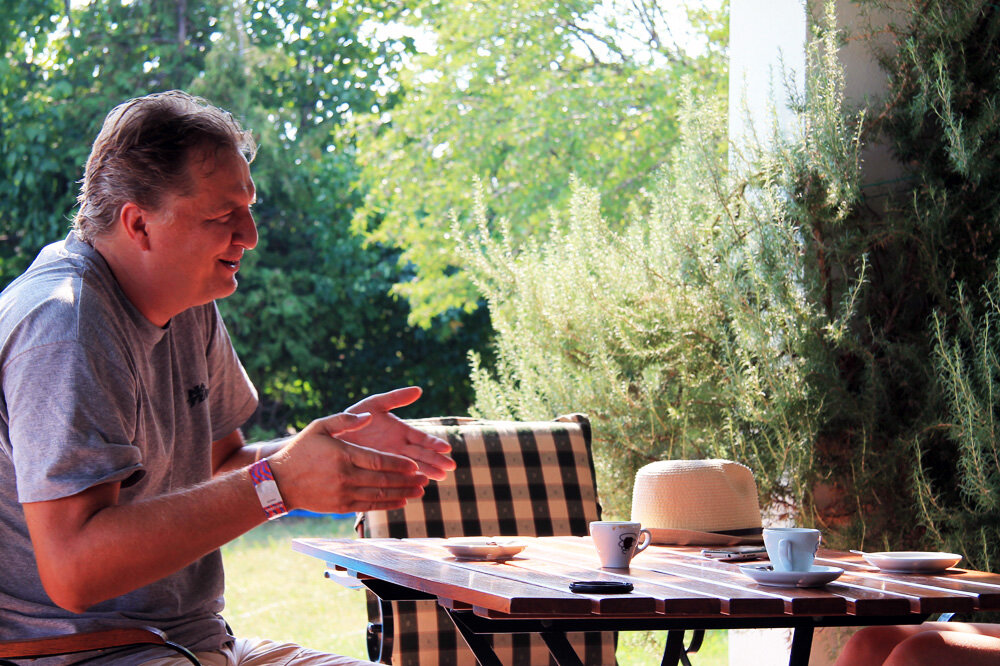''The sip is round, it's like melted butter sliding down your throat.'' We paid a visit to Csaba Török and vineyard on Szent György-hegy, where the Welschriesling was followed by taboo-breaking red wine made of a Tuscan grape. Ater having introduced István Jásdi, our Winemaker Portraits series brings you Csaba Török.
2HA is one-man enterprise grown out of a passion and Csaba Török (owner and wine maker) is one for continuous experiments. ’I waste my earnings here’ he explains with some irony. He is exactly that kind of craftsman; his kind of hands-on winemaking requires an enormous amount of attention--and money, of course. For the moment, Csaba’s attention is divided among 4-5 things including viticulture, but in time he wishes to focus on 2HA. ‘I always think that next year it would bring back what I spend on it, but there is always an unexpected expense that prevents this.’
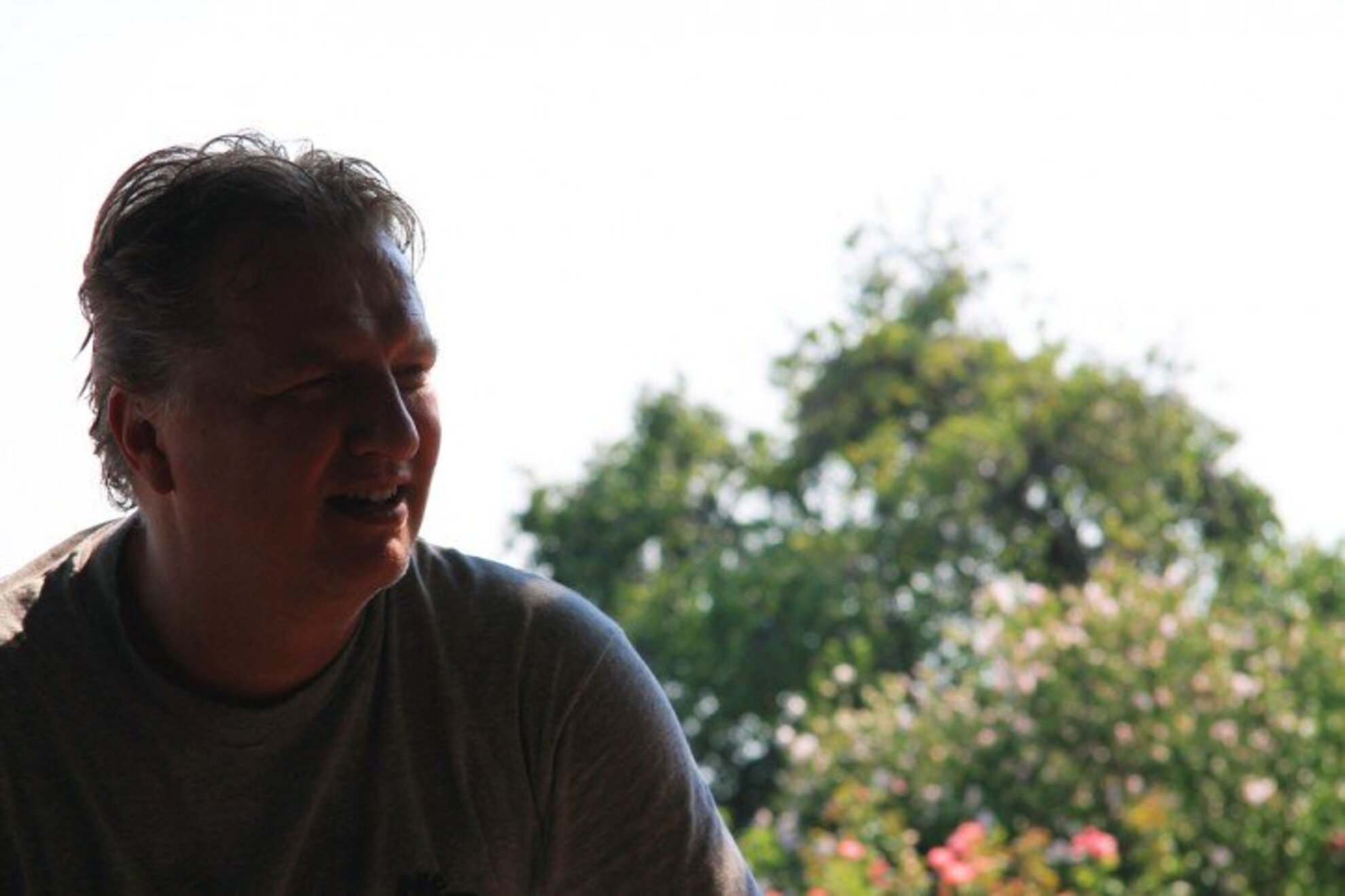
A taste of Tuscany
It all began with 2 acres of vineyard. Csaba wanted to have horses and ride, so he was searching for a suitable lot—but his long-standing passion for Italian wines might explain why the vineyard he bought blind was not repurposed in the end. The original two acres were later expanded to four; this is where the vintner naturalized the Sangiovese grape variety, which, according to him, played an important role in the neighbourhood in the Roman Age. To make red wine of a Tuscan grape on Szent György-hegy proclaimed to white wine: well, this blew the fuse for many, especially as Tabunello won one prize after the other. Experiments and authority: this is the secret of 2HA.
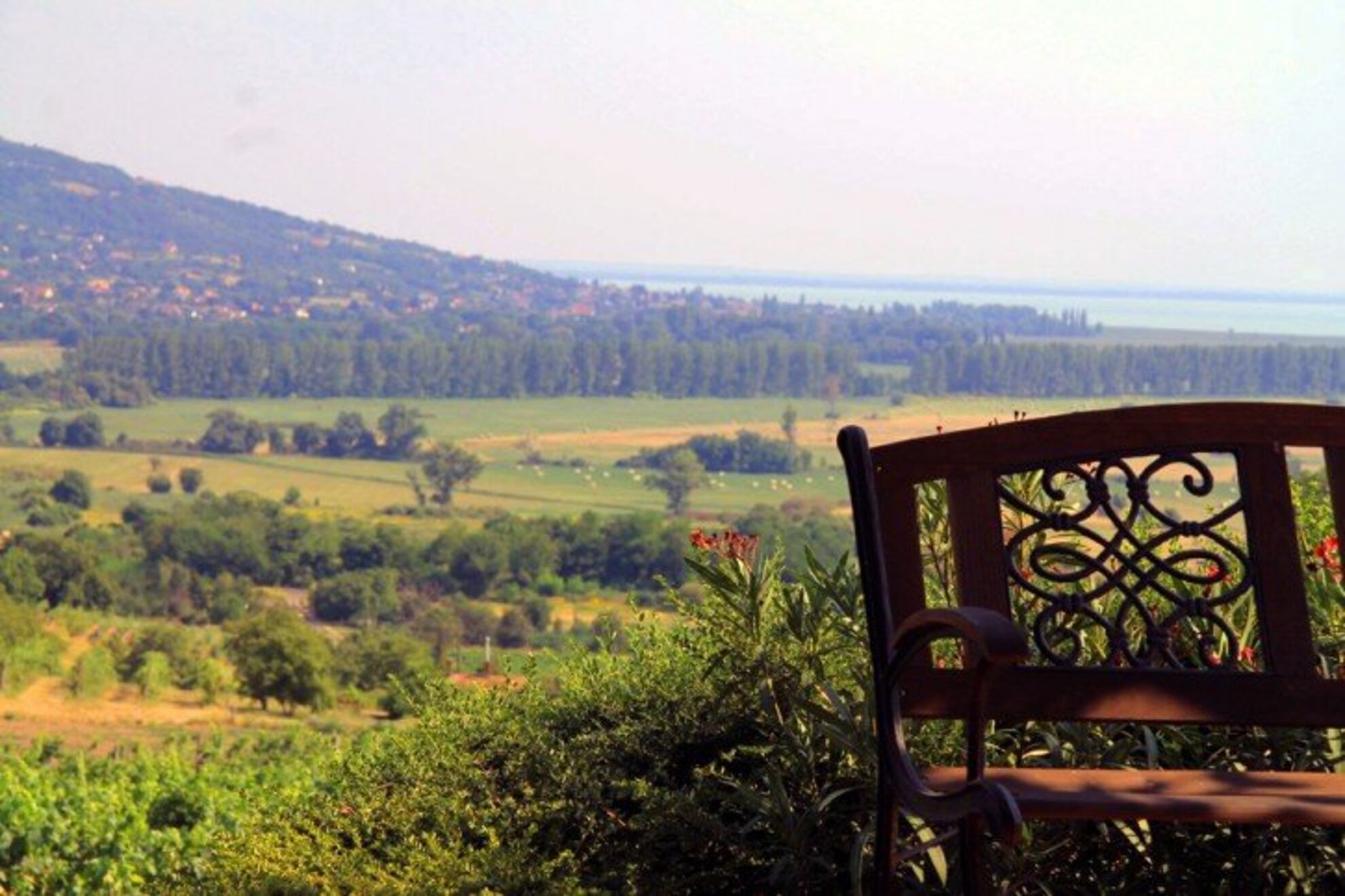
‘For me, red (wine) was the challenging one, so I jumped in to see how far I can go. I am experimenting off my own bat. Tabunello was the 4th best Hungarian red wine last year according to the daily, Népszabadság and it came in first in a blind test of all the red wines produced at Lake Balaton. It upsets all the rules of the neighbourhood.’
In addition to Sangiovese, the vineyard also produces Welschriesling, Pinot gris, Merlot, Cabernet Franc and Syrah. Csaba considers the Welschriesling as the promotion wine, it was marketed on first cost.
'In this region, one must have a Riesling as a basis of comparison.
And when someone has a taste of that and sees the difference, they will try the superior red wines as well."
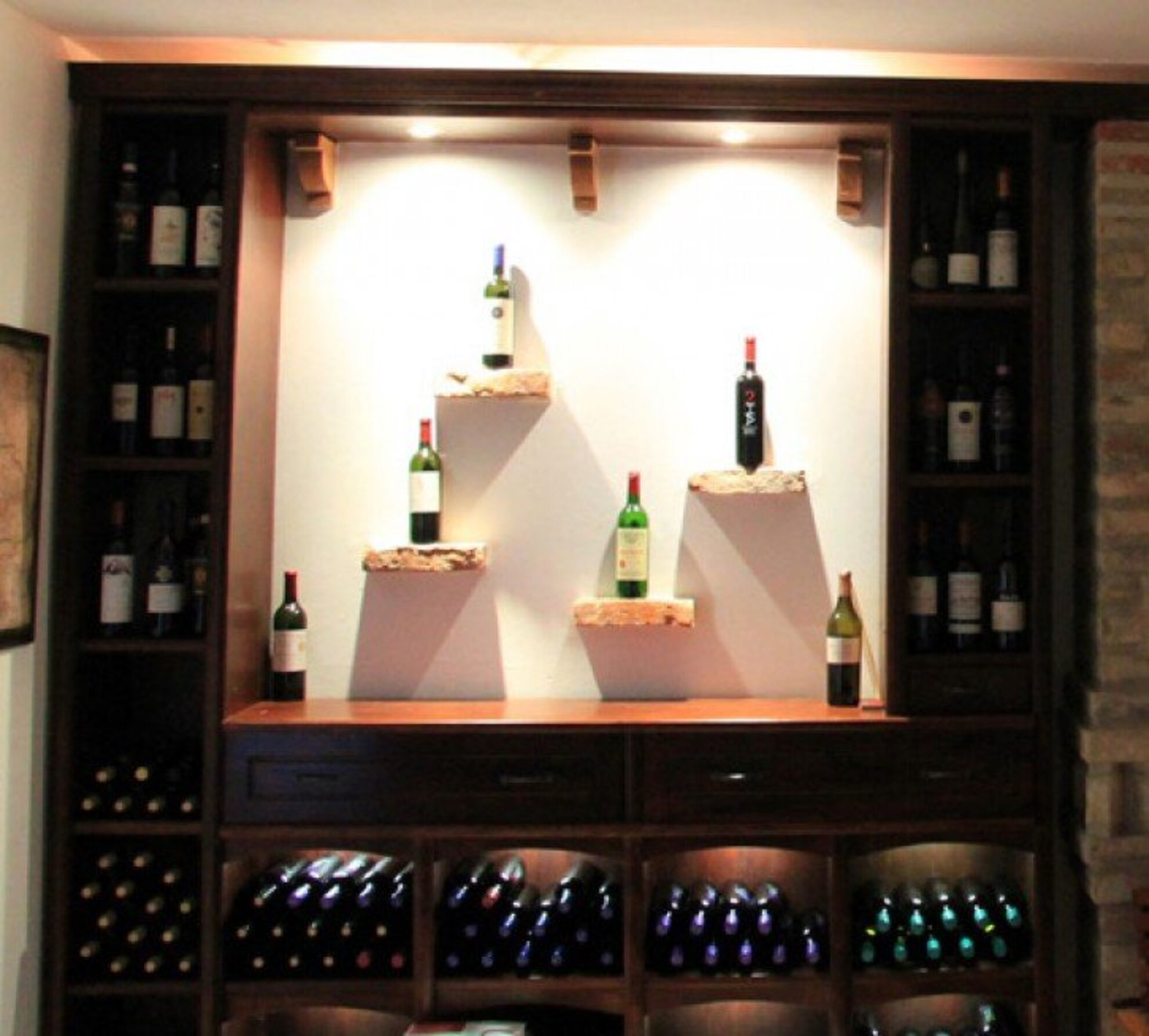
Currently, Csaba spends 2-3 days at the vineyard, but his one-day (!) micro trips to Tuscany also serve to satisfy his passion for viticulture. ‘I often visit Tuscany to learn and experience. Sometimes, I just hop down for a day, I start out in the morning, drive 8-9 hours, and drop in on vintner friends to see where their grapes stand at their vineyard at the same moment.
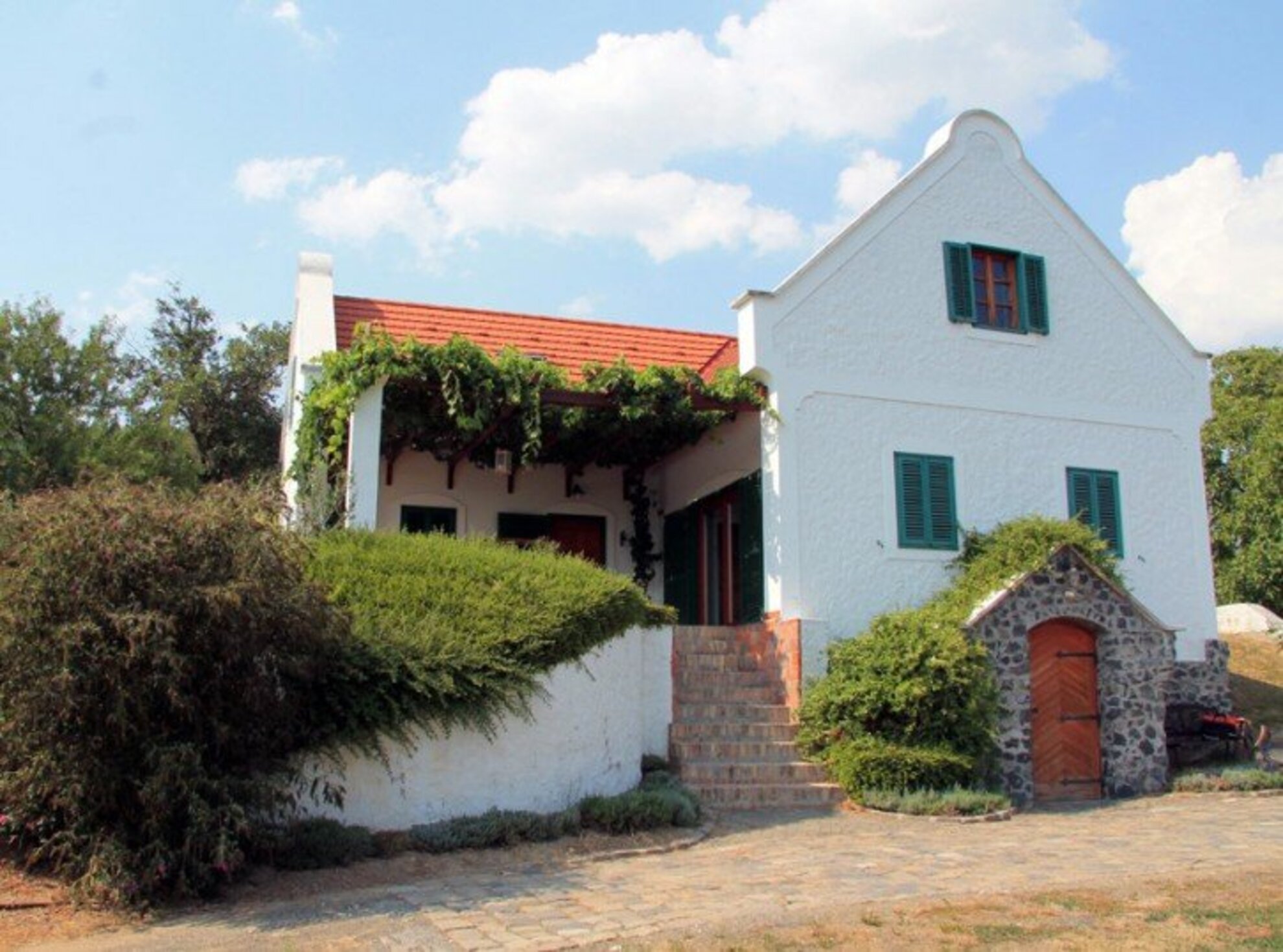
The road to the top score
Walking around, the orderliness of the 2HA vineyard is striking. According to Csaba, the secret lies in this; he does not believe in the romantically proliferating vine-stocks, there must be order. ‘In my vineyard, there are 40-50 dkg per vine; the greatest wines of the world come from vines of such yield. In my opinion, this is practical to consider. It’s logic: if there is less, the ripe is finer; if there is more, the ripe is shit.’
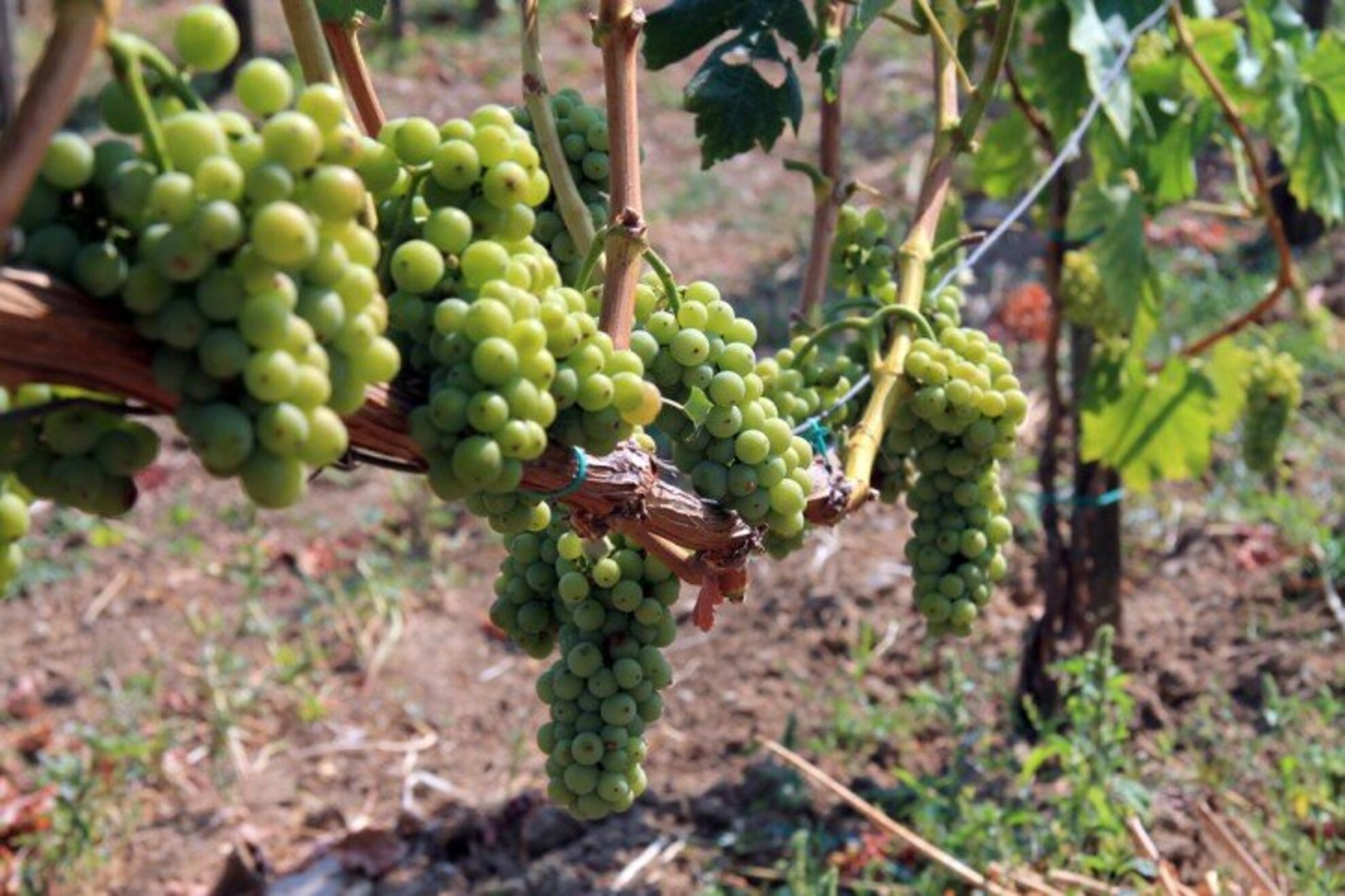
Csaba Török did not learn winemaking in school, but he thinks it is all for the better. ‘My dad had a vineyard. He gave me a book, I read it and learned home viticulture. Then I read the entire literature [of winemaking], bumped into highly practical foreign dboations and then I evolved with the help of Italian acquaintances.
In my opinion, self-education can get you to 90 points out of 100 in viniculture, while university gets you to 85 points.
I did not want that. The majority of the universities, viniculture majors included, do not give you practical knowledge. The teachers are from a senescent generation, while everything changes too swiftly in comparison. In this profession, every 3-5 years bring a minor revolution of technology, premises or thought. The 99% of these do not even reach Hungary.
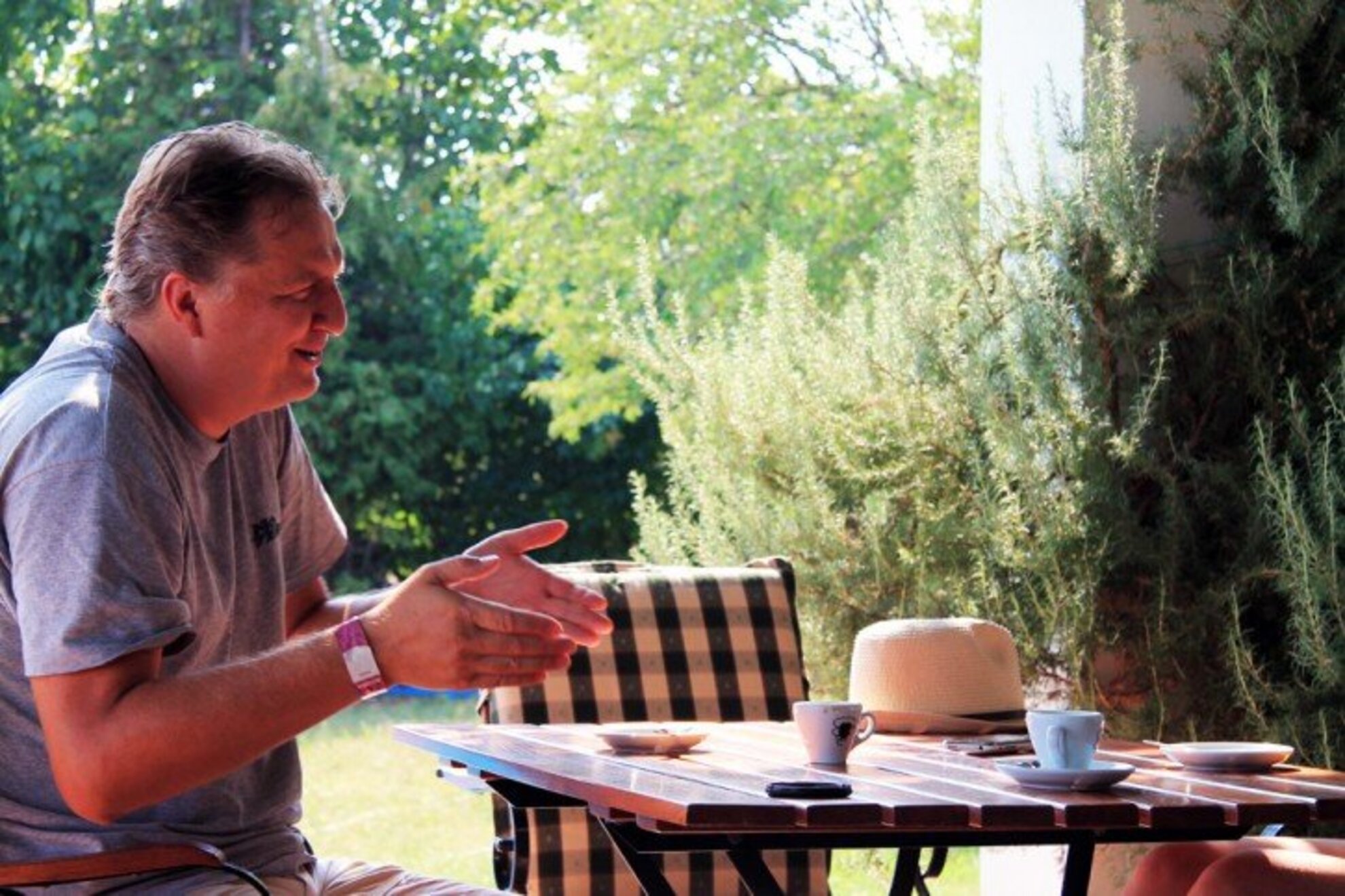
I advise everyone to study abroad, gather experience, and read in English. As a newbie, I am lucky that there are no century-old traditions here; everyone is new here, everyone started about 10-20 years ago. This is exactly why everyone has a chance; there are loads of opportunities, but also loads of vagueness and uncertainty. It still has to work itself out.’
